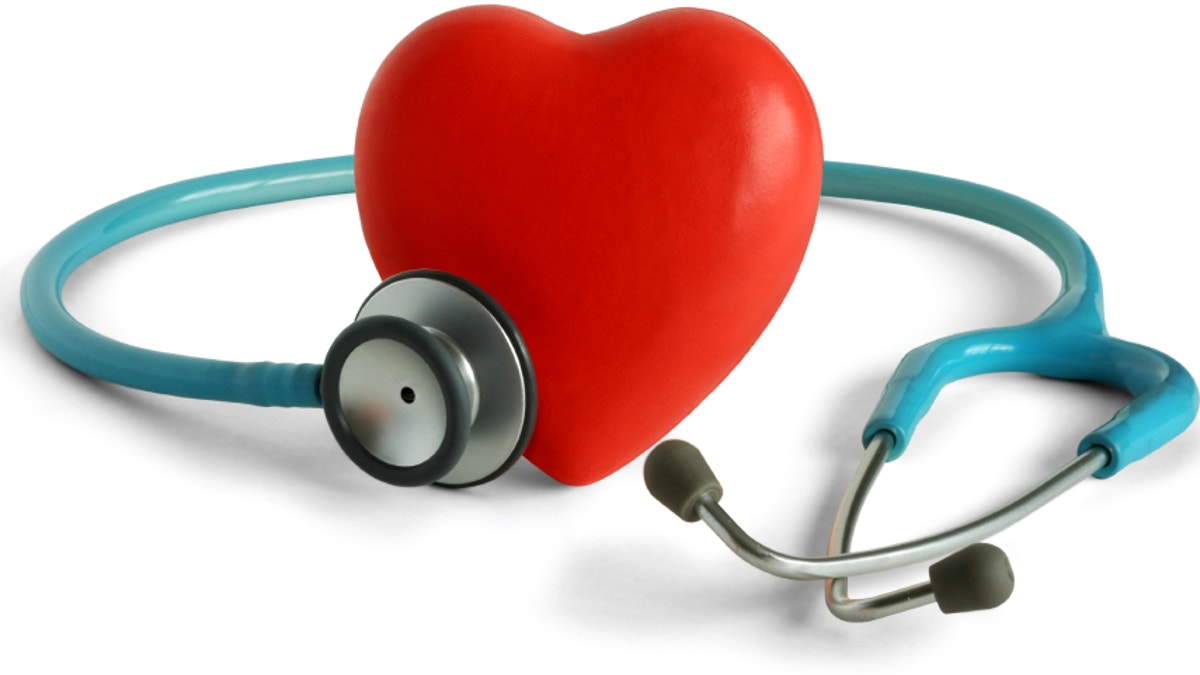
Young women may be less aware than men of risk factors for cardiovascular disease and less likely to receive procedures needed after the deadliest type of heart attack, two U.S. studies suggest.
The first study focused on adults up to age 55 and found only about half believed they were at risk for a heart attack before they had one. Women, however, were 11 percent less likely to be told about this risk by doctors and had 16 percent lower odds of being advised on how to minimize their risk.
The second study looked at patients under 60 hospitalized for the deadliest type of heart attacks caused by complete blockage of blood flow to the heart. Even though the study found more patients overall are getting procedures to unclog arteries and restore blood flow to the heart, women were still less likely to have these interventions and more likely to die in the hospital.
"Despite years of educational efforts, there is still a perception of heart attack as a `man's' disease," said senior author of the second study, Dr. Deepak Bhatt of Brigham and Women's Hospital Heart and Vascular Center in Boston.
"Women, their families and hospitals all need greater awareness that heart attacks do occur in middle-aged women, and that getting to the emergency room via an ambulance is the best way to ensure timely care, which most often includes angioplasty and stenting," Bhatt added by email.
During angioplasty procedures, surgeons snake a thin tube through arteries to the site that is blocked then inflate a tiny balloon to unclog it and restore blood flow. Often, surgeons also insert a tiny mesh cage known as a stent to prop arteries open.
Both studies, published in the Journal of the American College of Cardiology, highlight gender disparities in prevention and treatment of heart attacks that may contribute to worse outcomes for younger women.
The first study, involving 3,500 heart attack patients in the U.S. and Spain, examined five common risk factors for heart disease - diabetes, high cholesterol, high blood pressure, obesity and smoking - that can be addressed with lifestyle changes or medication.
Nearly all of the patients had at least one of these risk factors and 64 percent of them had at least three. But less than half of them reported being told they were at risk or how to minimize risk through changes like smoking cessation, eating better, exercising more or taking pills to lower blood pressure, blood sugar or cholesterol.
"Our findings underscore the importance of improved risk identification, clinical management, and patient education for young and middle-aged adults, regardless of gender," lead author Erica Leifheit-Limson of Yale University in New Haven, Connecticut, said by email.
The fact that women in the study lagged men in risk awareness, however, also points to a larger problem with the topics physicians emphasize with female patients, noted Dr. Noel Bairey Merz of Cedars-Sinai Medical Center in Los Angeles, who wrote an accompanying editorial.
Even though heart disease is the leading killer of women of all ages, doctors typically tend to focus more on weight loss and breast health in discussions with female patients, Merz said.
Women who have heart attacks also may not receive ideal treatment as often as men, according to the second study of more than 1.3 million young adults, including 630,000 patients who had what's known as an ST-elevation myocardial infarction (STEMI), the deadliest kind.
After STEMI episodes, women were 20 percent to 39 percent less likely than men to have procedures recommended to restore blood flow to clogged arteries, the study found.
The odds of death in the hospital were also higher for women - 4.5 percent versus 3 percent for men.
The gender gap may originate before treatment, when women may also be less likely to receive tests to determine what type of intervention they need, said Dr. Rashmee Shah of the University of Utah School of Medicine, who wrote an accompanying editorial.
Women should ask questions in primary care to learn their risks and speak up in the hospital to make sure they get needed tests and treatment, Shah said by email.
